
CEDIM wishes everyone a peaceful and relaxing holiday season and a great start to the new year!

A joint potential study of CEDIM and LUBW revealed that existing flood retention basins in Baden-Württemberg could be repurposed for joint flood and drought protection.
link

Strategic cooperation between CEDIM member and SAP combines cutting-edge research on systemic resilience with industrial expertise.

In the three-part series “MasterScience” by the AXA Research Fund, Prof. Joaquim Pinto from the AXA Chair for Regional Climate and Weather Hazards at KIT shows how science can help to overcome these challenges.
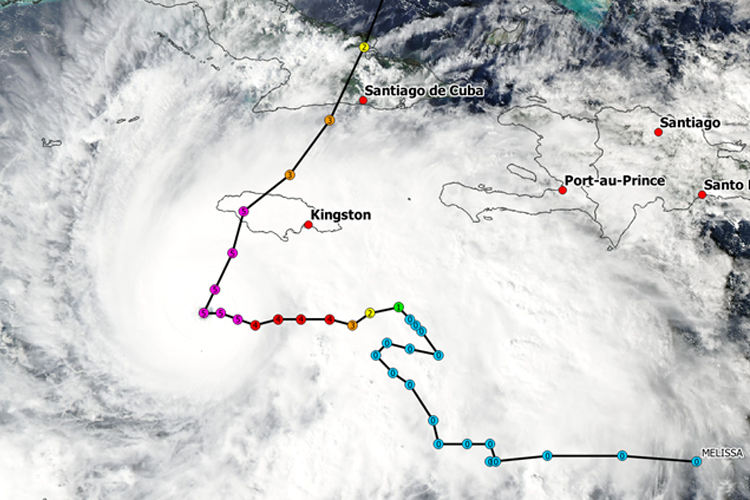
As of 06 November 2025

In the project COCAP a flexible decision support system is developed, suggesting systemically optimal pandemic measures – tailored to country context and pathogen type.
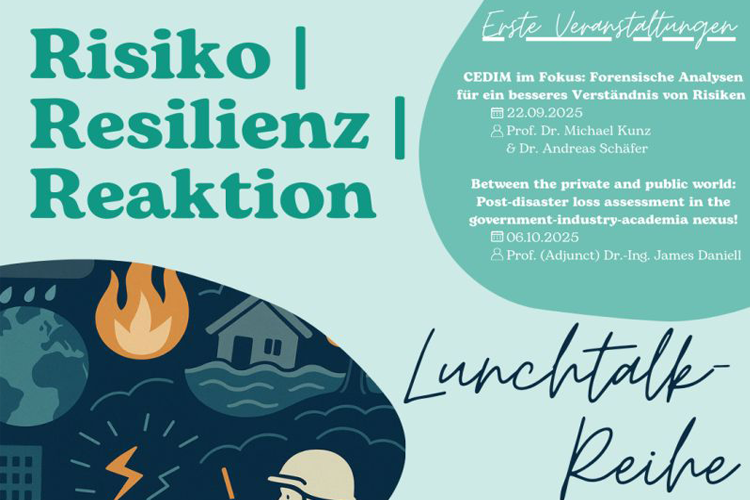
The Lunchtalk series will take place online every other Monday at lunchtime from mid-September to February (September 22, 2025, to February 23, 2026).
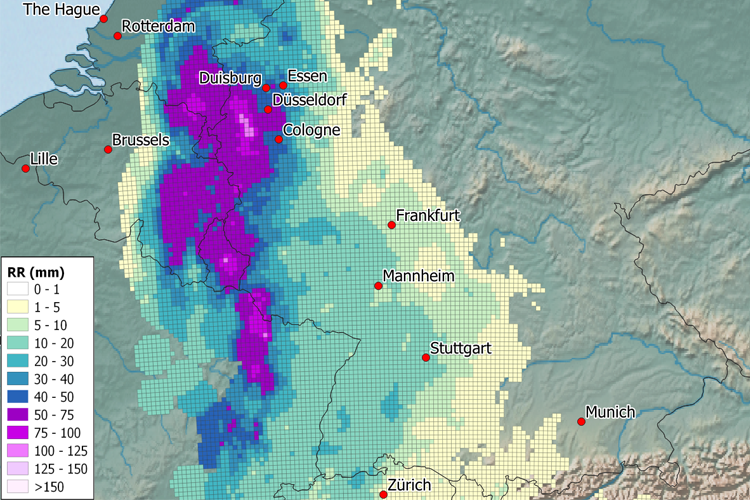
Short Report as of 12. September 2025
pdf (in German)
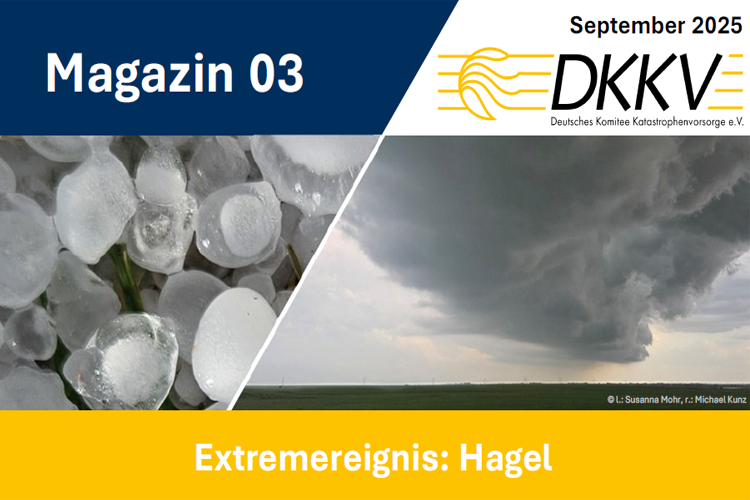
The current issue of DKKV Magazine focuses on the extreme event “hail” and is therefore related to research activities at CEDIM.
link (in German)

Dr. Susanne Benz and Dr. Sina Keller are conducting research into urban heat by analysing aerial photographs of sealed cities, for example. They present their findings in a recent SWR article.
link (in German)
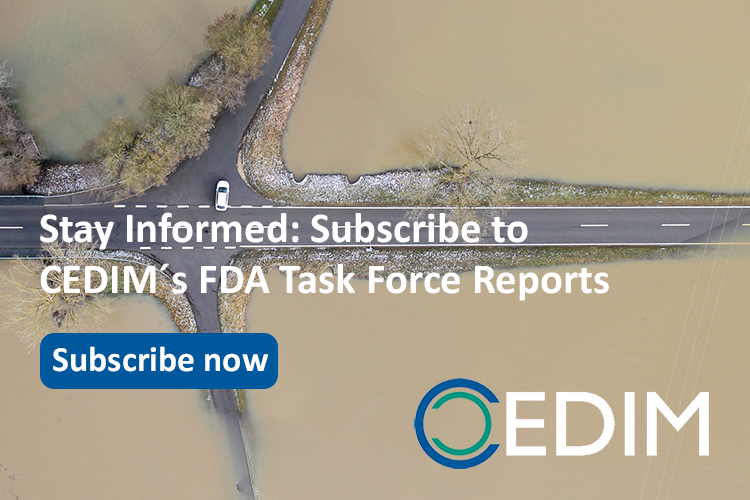
Would you like to receive regular updates on our latest reports? If so, subscribe to our mailing list now.

In an interview with the Science Media Center, CEDIM expert Andreas Schäfer explains the causes and consequences of the Kamchatka earthquake, emphasising the effectiveness of existing tsunami warning systems.
link (in German)

As of 30 Juni 2025 23:00 CEST
link (in German)
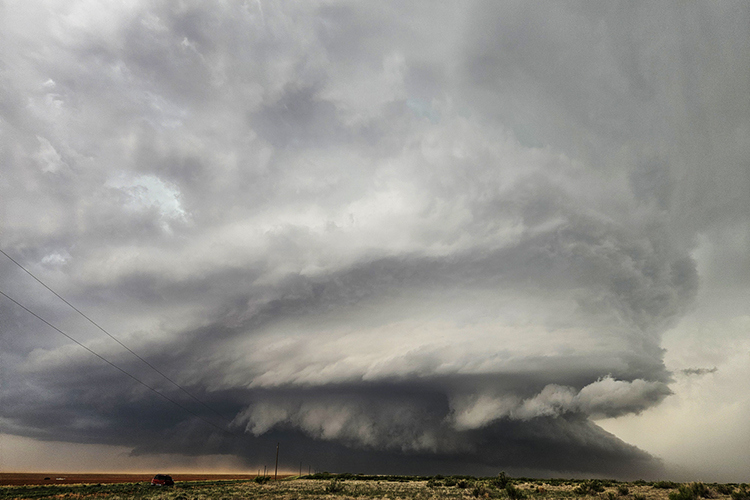
Insights into an extraordinary measurement campaign on hail formation: storm chasing, supercells and spectacular updraft measurements

Heat exposure is driven by climate change and population dynamics. We disentangled these drivers and show how observational and projection biases may influence future heat exposure.
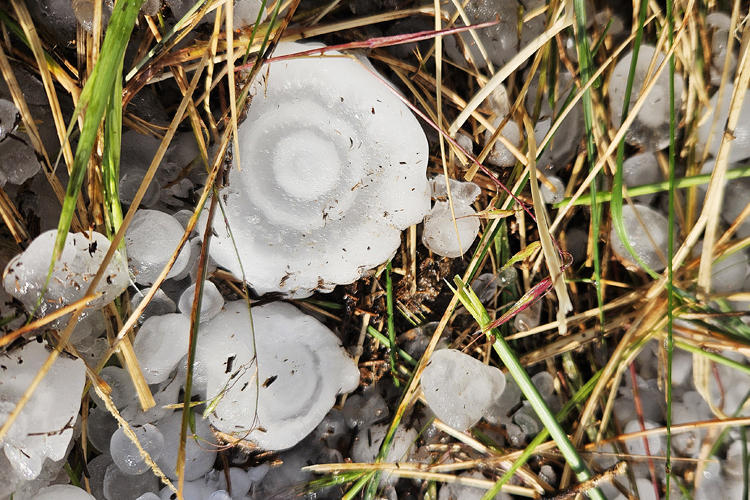
3 things to know about climate change and hail risk
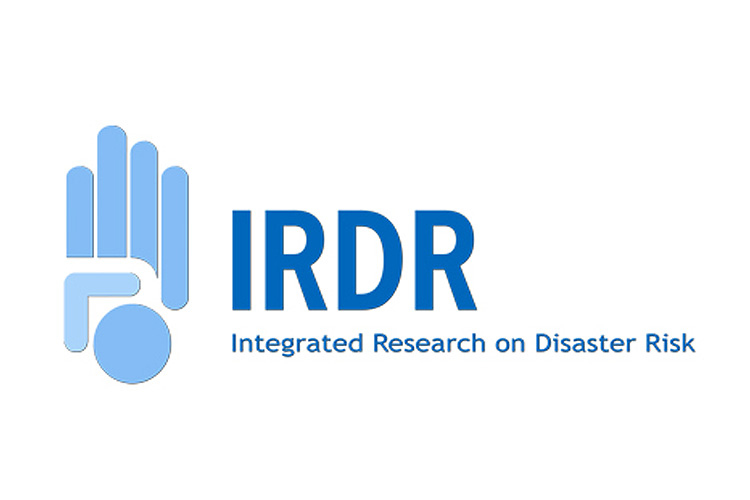
The new policy brief from IRDR presents different examples to developing science-based disaster risk reduction (DRR) products, with examples from CEDIM/Risklayer.
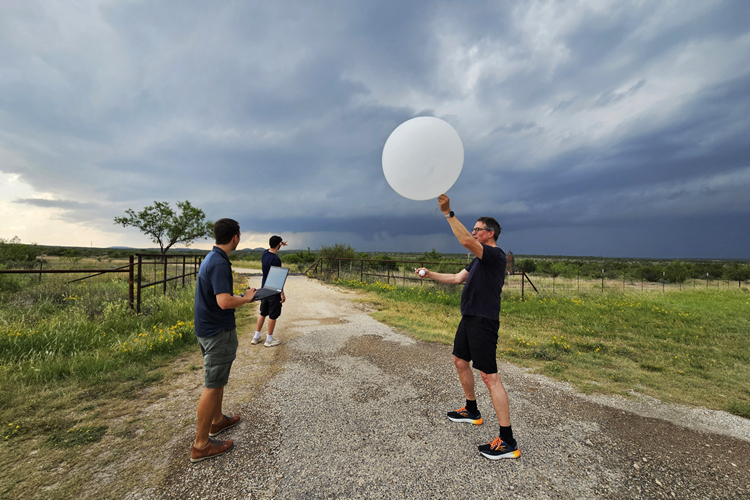
CEDIM is participating in the international ICECHIP hail measurement campaign in the Great Plains.
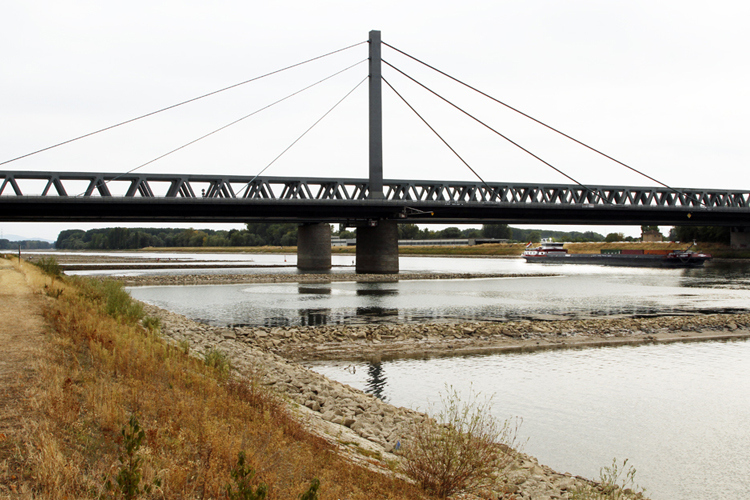
Simulating streamflow values with WRF-Hydro by using not yet observed meteorological droughts

KIT researchers are committed to strengthening rural communities in order to prepare them strategically for climate adaptation measures.

The asphalt is glowing, the air is shimmering – cities are heating up. CEDIM researcher Susanne Benz wants to use this excess heat to save energy. A crazy idea or the future of sustainable cities?
link to the KIT Podcast "Nachgefragt - wissen, wie's läuft" (in German)
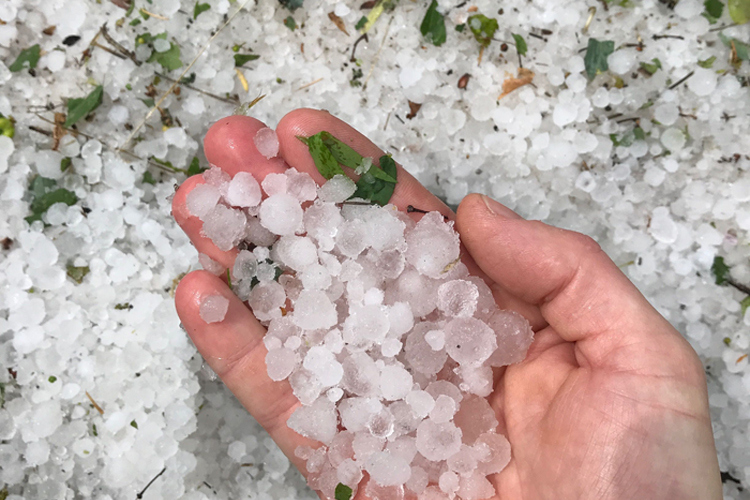
WTW continues its long-standing partnership with CEDIM and NASA to advance the understanding and modeling of hail risks. Building on more than a decade of collaboration, this new phase will focus on using state-of-the-art data sets and research to address the challenges posed by hailstorms, with an emphasis on the impact of climate change.
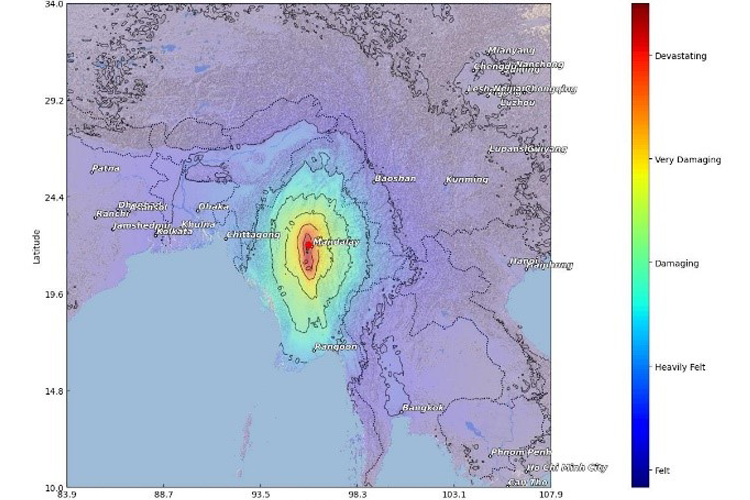
As of 28 March 2025 14:00 CET
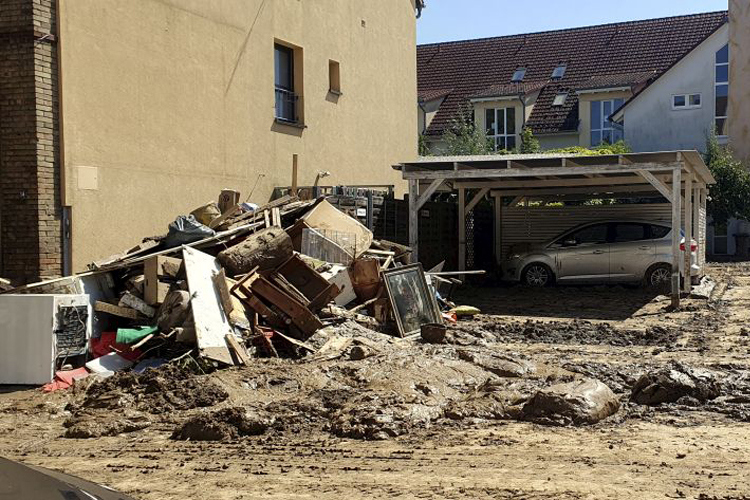
Due to geopolitical upheavals, climate change is in danger of slipping off the agenda. Researchers at CEDIM, together with other researchers at KIT, are calling for a rethink and are joining a nationwide appeal.
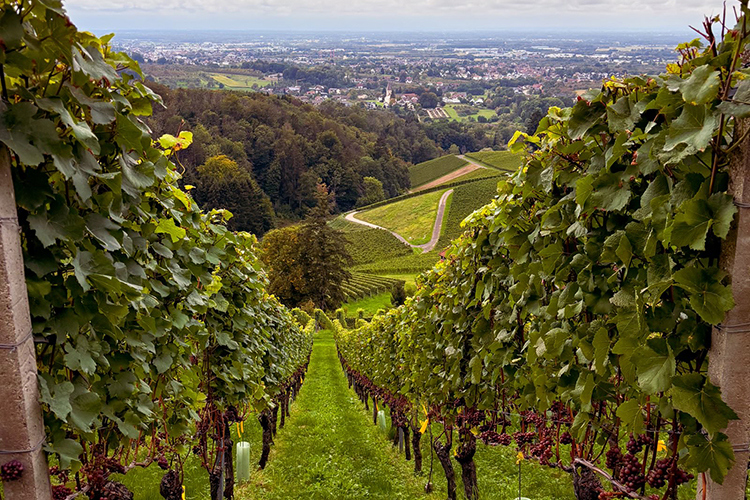
Storing flood water in retention basins could provide much-needed water for agriculture in times of drought – without risking flood protection.
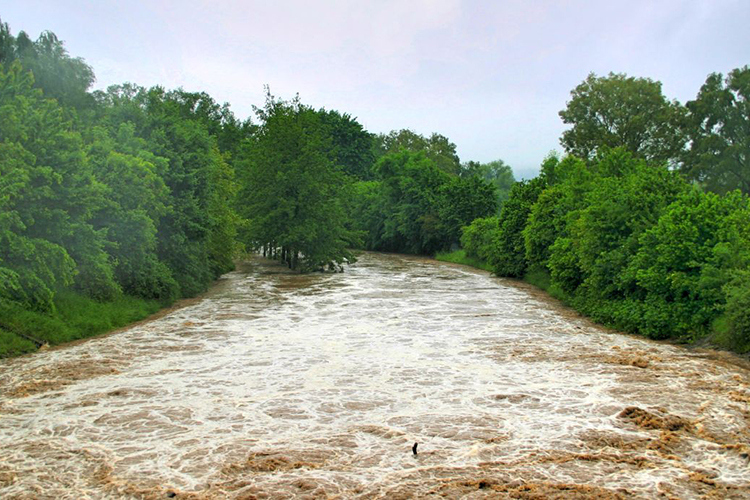
KIT researchers - including CEDIM scientists - use machine learning to develop the first national flood forecasting model for small rivers
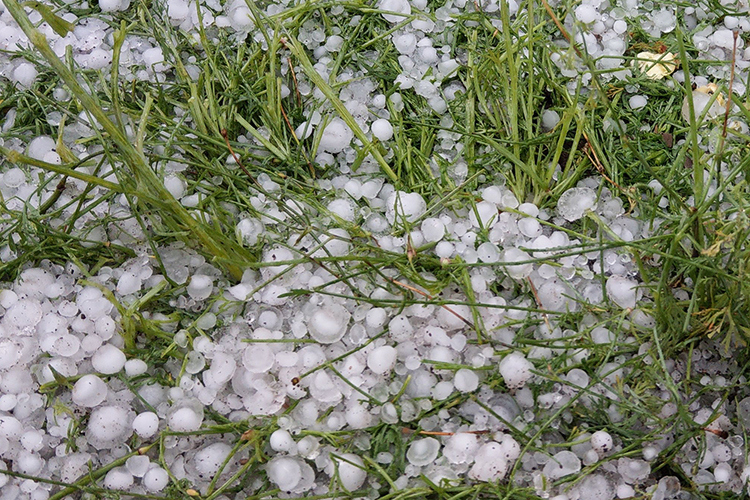
3D radar-based hail tracks reveal region-specific trends in Germany over the past 20 years.


